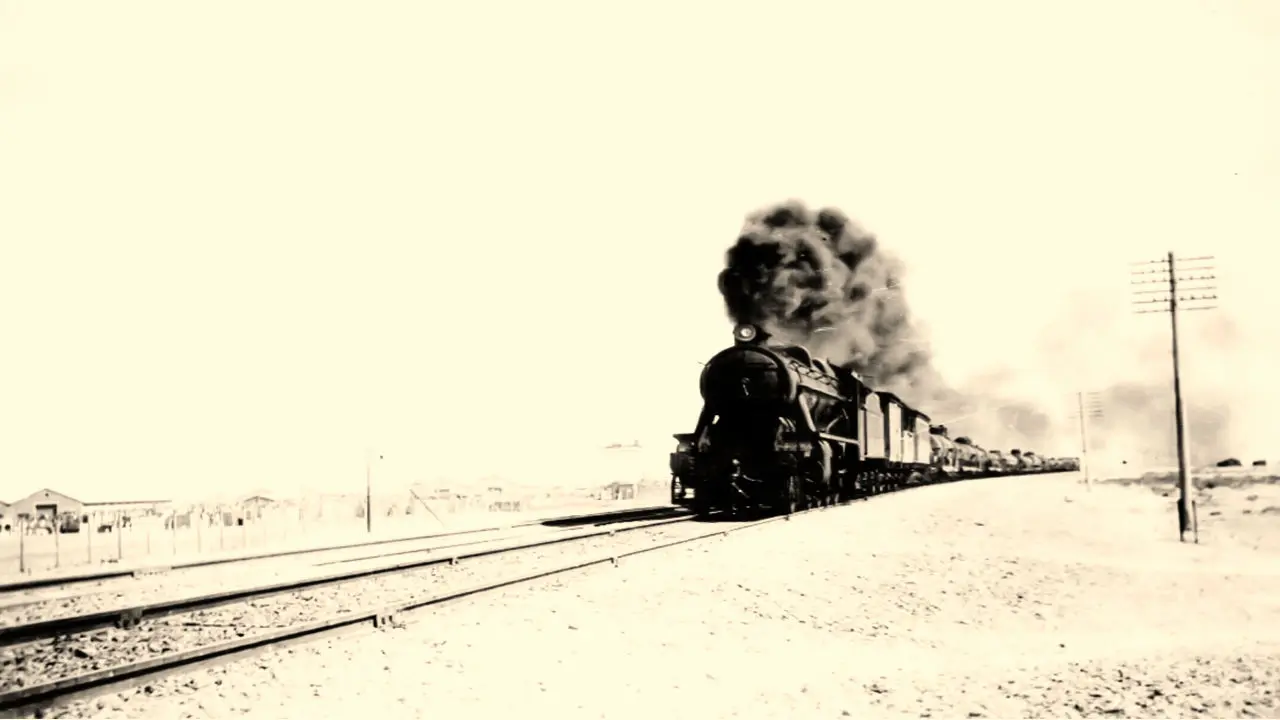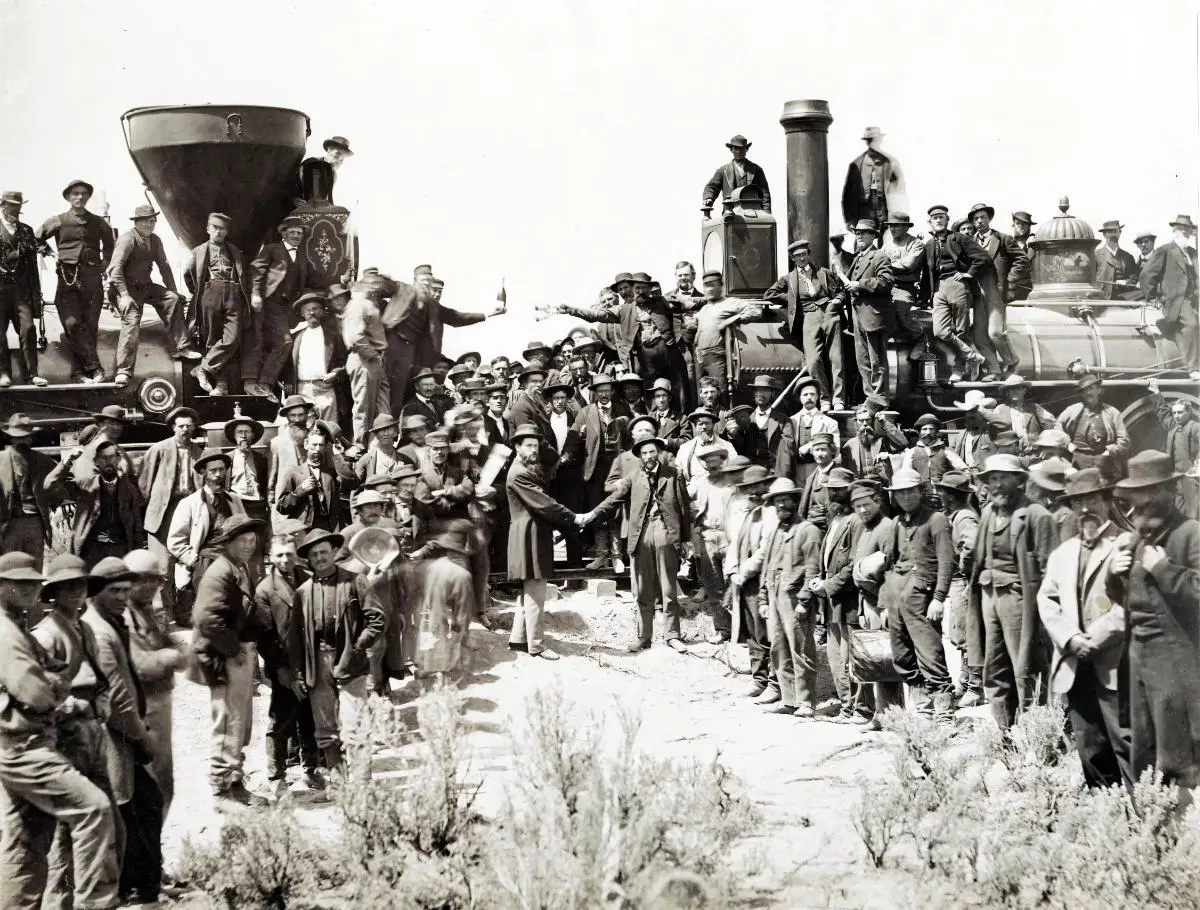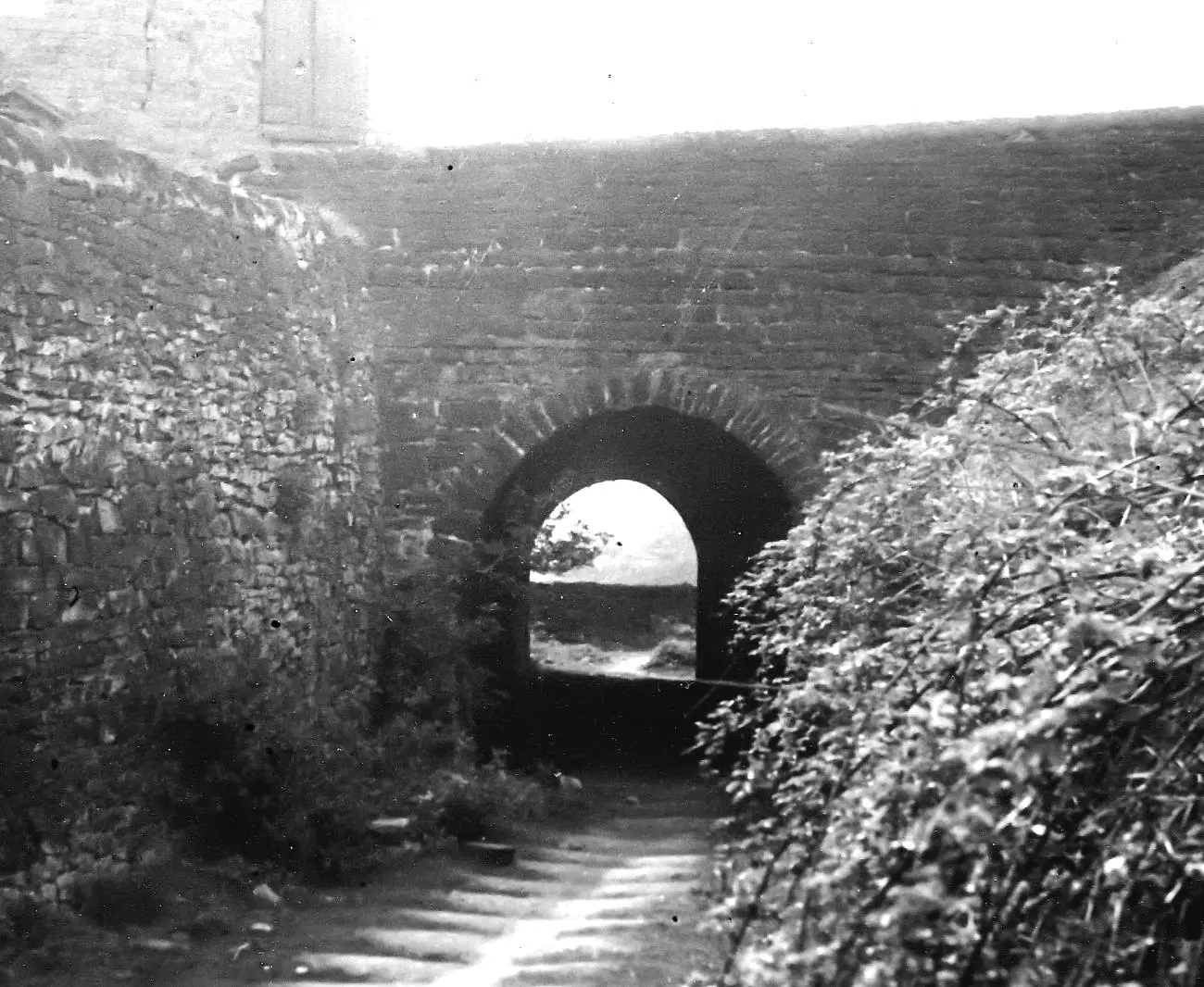The First Railway in Africa: A Milestone in History
Discover the history and significance of the first railway in Africa, a groundbreaking transportation development that revolutionized travel and trade.

The first railway in Africa marked a significant milestone in the continent's history, paving the way for economic development, transportation, and connectivity. This groundbreaking project revolutionized the way people and goods were transported across vast distances, ultimately shaping the socio-economic landscape of the region.
In this blog post, we will delve into the history of the first railway in Africa, exploring its origins, construction, impact, and legacy.
What Was the First Railway in Africa?
Embarking on a journey back to the mid-19th century, the first railway in Africa was established, a project that linked Alexandria to Cairo. This 209-kilometer stretch not only bridged the Mediterranean coast to Egypt’s bustling capital but also symbolized a monumental leap towards modernizing the continent's transportation framework.
Initiated in the 1850s, this railway emerged as the pioneer of its kind in Africa, heralding an era of unprecedented mobility and economic synergy. The Alexandria-Cairo railway was not merely a line of tracks; it was the backbone of a broader vision aimed at rejuvenating Egypt's infrastructural landscape. This engineering marvel was completed in 1856. By connecting two of Egypt’s most vital cities, it facilitated a seamless flow of commerce, people, and ideas, thereby knitting the fabric of the nation closer together.
Its construction was a vivid demonstration of overcoming the challenges posed by natural obstacles through human ingenuity. The realization of this railway underscored the possibilities that lay in the power of connectivity, setting a precedent for future railway projects across the continent.
As the first railway in Africa, the Alexandria-Cairo line was a testament to the transformative potential of rail transport, sparking a revolutionary change in how distances were traversed and economies were interconnected.
The Vision Behind the First African Railway Project
The inception of the Alexandria-Cairo railway was fueled by an ambitious vision that sought to revolutionize Egypt's transport system and fortify its economic structure. This visionary project was part of a grander scheme aimed at overhauling the country's infrastructure to foster economic prosperity and cement Egypt's status as a pivotal hub in the Middle East and North Africa region. The driving force behind this monumental undertaking was not merely to connect two critical Egyptian cities but to catalyze a broader transformation within the nation and beyond its borders.
The architects of the Alexandria-Cairo railway envisioned a future where distances that once hindered commerce and communication would be drastically reduced, facilitating a more dynamic exchange of goods, services, and ideas. By pioneering this route, they anticipated the stimulation of trade routes that had languished under the limitations of traditional transportation methods. Furthermore, the project was seen as a strategic asset in positioning Egypt as a central gateway between Europe, Asia, and the rest of Africa, harnessing the geographical advantages of the country to its utmost potential.
This ambitious vision was not confined to economic growth alone; it was also intertwined with aspirations of social progress and integration. By improving accessibility and mobility, the railway was expected to play a significant role in knitting together the diverse fabric of Egyptian society, promoting cohesion and mutual understanding among its people. The foresight in recognizing the transformative power of rail transport set the stage for a journey of innovation and progress, laying down the tracks for future expansions that would eventually span across the continent.
The Construction and Engineering Feats of the Railway
Embarking on the ambitious journey of constructing the Alexandria-Cairo railway in the mid-19th century presented an array of formidable engineering challenges. The railway track construction in Egypt started in 1851. The builders were tasked with overcoming the daunting landscape of Egypt, which ranged from lush Nile Delta regions to arid desert terrains. One of the most significant obstacles was ensuring the railway's stability and durability in the face of shifting desert sands, a feat that required innovative engineering solutions. Engineers and laborers had to devise methods for laying tracks that could withstand harsh environmental conditions, including extreme heat and sandstorms, which could easily erode or bury the tracks.
Another monumental task was constructing bridges and tunnels to navigate the varied landscape, including the mighty Nile River. The construction of these structures demanded precision and ingenuity, as they had to be both sturdy and sustainable for long-term use. The technology of the time was pushed to its limits, with materials and construction techniques being adapted to meet the unique challenges posed by the local geography.
The workforce, comprising both local laborers and international engineers, played a crucial role in bringing this vision to life. Despite facing numerous hardships, including labor disputes and health challenges due to the demanding work environment, their collective efforts resulted in the successful completion of the railway.
Socio-Economic Impact on Local Communities
The inauguration of the Alexandria-Cairo railway significantly altered the socioeconomic dynamics of local communities along its path. By establishing a reliable means of transportation, the railway catalyzed economic opportunities that were previously unattainable. Small towns and villages found themselves on a new commercial axis, as markets expanded and goods could be traded more efficiently and over greater distances. This enhanced accessibility fostered a burgeoning trade environment, enabling local producers to access larger markets and consumers to benefit from a wider range of goods and services.
Furthermore, the railway's presence spurred the growth of ancillary industries, from hospitality services catering to travelers to logistical support businesses aiding in the transport of goods. Employment opportunities abounded not only in the construction and maintenance of the railway itself but also in these emerging sectors, contributing to a reduction in local unemployment rates and stimulating economic growth in previously marginalized areas.
The social fabric of communities was equally transformed. Enhanced mobility allowed for a greater exchange of ideas and cultural practices, fostering a sense of unity and shared identity among disparate groups. Access to education and healthcare services improved as these essential services became more reachable, promoting social welfare and elevating the quality of life.
However, the railway's impact was not uniformly positive, with instances of displacement and adjustment to the new socio-economic realities presenting challenges for some communities. Nonetheless, the overall effect of the Alexandria-Cairo railway, and the following expansion of the network, on local communities was one of profound transformation, laying the groundwork for a more interconnected and prosperous society.
The Role of the Railway in Colonial Administration
The establishment of the Alexandria-Cairo railway significantly bolstered colonial administrative efforts within Egypt. This infrastructure provided an unprecedented strategic advantage, allowing for swift and efficient management over vast distances.
The railway enabled colonial powers to solidify their presence, deploying officials and military personnel with ease to various parts of the country, thereby enhancing their ability to maintain order and enforce colonial policies.
Additionally, it facilitated the swift transportation of resources, including the exploitation of Egypt’s agricultural and mineral wealth, which could now be moved more readily to ports for export to European markets. This ease of movement was crucial for the colonial administration, as it supported both the economic extraction activities and the strategic military positioning essential for retaining control over the region.
The railway's role extended beyond mere transportation. It became a symbol of colonial power and technological superiority, underscoring the colonial narrative of bringing 'civilization' to the continent. Yet, this narrative masked the exploitative dynamics at play, including the imposition of colonial rule on local communities and the extraction of resources that primarily benefited the colonizers.
The development of the railway network under colonial administration laid the groundwork for a transportation infrastructure that, while contributing to the country's modernization, also entrenched colonial objectives and power structures within the fabric of Egyptian society.
Evolution and Modernization of African Railways
Following the trail blazed by the Alexandria-Cairo railway, the African continent has witnessed significant advancements in its railway infrastructure. This journey towards modernization reflects the growing emphasis on enhancing transport networks to bolster regional development.
Nations across Africa have embarked on ambitious projects to extend railway lines, upgrade existing tracks, and introduce cutting-edge technologies aimed at improving efficiency and safety. High-speed trains and digitally controlled logistics are becoming part of the continent's rail transport landscape, illustrating a leap towards integrating global standards within local contexts. And according to ALG, a logistics and transport consultancy group, these improvements are very much needed.
In recent years, major initiatives have underscored the commitment to revolutionizing African railways. Projects such as the Standard Gauge Railway (SGR) in East Africa seek to replace old tracks with broader, more efficient lines, enabling faster travel times and increased cargo capacity. Similarly, the development of intercontinental railway projects aims to connect various African regions more effectively, facilitating easier movement of goods and fostering economic unity among African nations.
Investments in railway infrastructure have not only focused on expansion but also on sustainability and environmental considerations. Eco-friendly practices and technologies are increasingly being incorporated into railway projects, minimizing the ecological footprint and promoting sustainable development.
These efforts reflect a continent on the move, eager to harness the potential of its railway systems to drive economic growth, enhance regional connectivity, and improve the quality of life for its people. The legacy of Africa's first railway continues to inspire a future where rail transport is a cornerstone of progress and prosperity.
Summary
The establishment of the Alexandria-Cairo line as Africa's first railway signified a monumental leap in the continent's approach to transportation, underpinning socio-economic development and regional connectivity. This historic venture, launched in the 1850s, catalyzed the expansion of rail networks that have become integral to Africa's modern infrastructure.
Today, these railways are pivotal in enhancing economic growth, facilitating trade, and fostering unity across nations. With ongoing advancements in technology, safety, and sustainability, the railway systems in Africa continue to evolve, embracing eco-friendly practices and digital innovations to meet the demands of the future. The impact of this pioneering project extends beyond its physical tracks, embodying the spirit of innovation and the collective drive toward progress that characterizes the continent. The trajectory from the first railway to the contemporary expansions and upgrades reflects a commitment to unlocking Africa's potential through improved connectivity and infrastructural development.
As we look to the future, the legacy of Africa's first railway inspires ongoing efforts to transform the transportation landscape, ensuring railways remain a cornerstone of African prosperity and development.





